We recently had the privilege of joining with colleagues in Greece to discuss inclusion within Higher Education, having been invited to deliver a workshop as part of the University of Crete’s ‘Training of the Trainers’ series. The purpose was to raise awareness on issues of inclusion and equity in universities in Greece, and accordingly Faculty from three other universities were also invited to attend.
From our experience we know that whilst many academics are committed to developing their inclusive practice, they can often feel uncertain about where to begin. The workshop introduced participants to our ‘Patterns Beyond Labels’ framework, which seeks to reframe inclusion in a way that is accessible and practical for teaching staff, enabling them to implement impactful and sustainable approaches to supporting a diverse range of student needs.
Current practices relating to inclusion frequently perpetuate notions of individual ‘difference’ through diagnosis and labelling as a way of legitimising support. Moving beyond labels of individual difference to instead identifying patterns of difficulty, helps us to realise that many students face similar barriers in learning and teaching. This perspective encourages us to explore the benefits that an inclusive design approach brings to all students and contributes to an institution-wide approach to embedding inclusivity at the heart of teaching and learning practice.
Engaging in this international dialogue, we were struck by how transferable both issues and solutions were between our two contexts. For instance, the difficulty in supporting students from all backgrounds to declare known disabilities before, or at, university appeared equally pressing in Greece as it is in the UK. Patterns of difficulty faced by students, identified by workshop participants, were also comparable to those recognised by staff in similar workshops we have run in the UK – information overload, physical access to learning spaces, barriers to accessible technology, cultural issues surrounding group work, and awareness of the ‘hidden’ curriculum are just some examples.
This opportunity was helpful in reaffirming our approach to inclusive learning and teaching at Bath, and in finding both language and practical applications that are readily recognisable to teaching staff. We also reflected on the encouragement that comes from engaging with colleagues in other institutions, the opportunity to learn from a wider set of experiences, and the immediate sense of connection felt between practitioners where commitment to student success is so obviously prevalent.
You can read more about our approach to inclusive learning and teaching via the CLT Hub. There you will also find specific guidance and practical strategies for supporting students with disabilities, decolonising the curriculum, and thinking about student transitions into, through, and out of university – all of which respond to our shared commitment to supporting the needs of all learners.
Abby Osborne; Robert Eaton
Centre for Learning & Teaching
Respond



